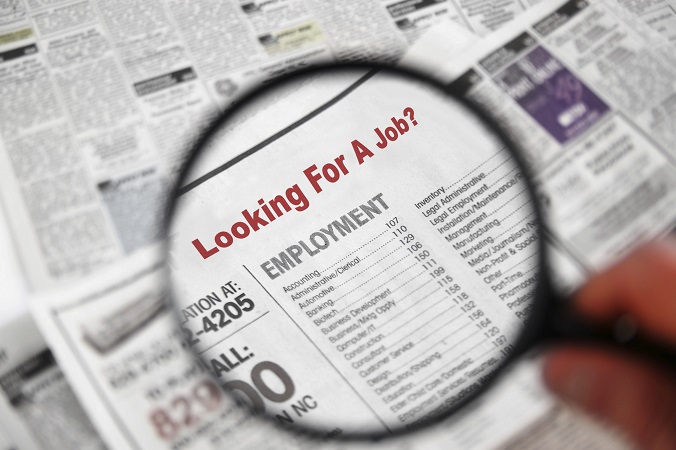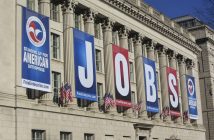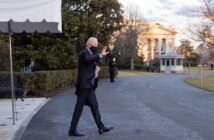For the first time in the program’s history, employers registered for the H-1B annual lottery online. Because there is always more interest than there are visas, U.S. Citizenship and Immigration Services (USCIS) distributes them through a random lottery with results announced on March 31 and April 1. USCIS released information detailing the characteristics of the prospective H-1B workers that employers petitioned for. The document contains some key points that bear discussion on this controversial guestworker program.
81% of applications were for Indian or Chinese nationals
The H-1B program allows employers to bring in guestworkers to temporarily hold “specialty occupations.” In practice, this essentially means any job that requires a bachelor’s degree. The H-1B is a nonimmigrant visa, meaning that H-1B visa holders cannot apply for citizenship. However, the Immigration Act of 1990 changed this condition by permitting H-1B workers to establish “dual intent,” meaning they can eventually apply for a green card. This decision caused a tsunami of green card applications from H-1B workers who wanted to become American citizens.
This change caused an enormous backlog of Indian and Chinese nationals who make up most of the H-1B visa holders. Our immigration laws carry per-country caps on employer-based visas, ensuring that a disproportionate share of our visas don’t go to nationals from any single country. If it were not for these caps, nearly every employment-based visa would go to nationals of India and China, only because applications from those countries dwarf those from others.
This trend continued in FY 2021’s requests. The overwhelming majority – nearly 81 percent – of prospective workers will come from either India or China. About two-thirds (67.7 percent) of all prospective workers are Indian alone. Most of these new workers will pursue the dual intent option, ensuring that they contribute to the growing visa backlog.
Employers applied for 275,000 unique registrations
U.S. law caps the number of H-1B visas at 85,000 per year, with 20,000 of these reserved for foreigners with advanced degrees. That the FY2021 season saw 275,000 unique registrations is a testament to the program’s popularity among employers who want cheap foreign labor that is completely dependent upon their employer for legal status.
Only 46% of applicants have advanced degrees
H-1B expansion advocates hail the program as one that brings in thousands of exceptionally gifted foreign workers who possess skills that are not readily available in this country. There are certainly extraordinarily intelligent and skilled individuals working in the U.S. on H-1B visas. But the majority are really exceedingly average people – no different than a normal American college graduate, except they cost employers significantly less to hire.
Fewer than half of FY 2021’s H-1B petitions have advanced degrees from American universities. This seems wrong for a visa supposedly reserved for “specialty” talent. Reflecting on decades of information, USCIS should adjust the definition of “specialty occupations” to only those that can only be filled by workers who have advanced degrees. This adjustment would significantly lessen the number of H-1B visas issued but would also make it easier for deserving applicants who truly possess special skills to earn a visa.
The H-1B visa is a raw deal for American college graduates. They cannot hope to compete with foreign workers who employers can hire temporarily for a far lower salary. Reducing the number of H-1B visas, or at least tightening the loose requirements for what constitutes a specialty occupation, seems like a smart step for the Trump administration to pursue as they try to fulfill their “Hire American, Buy American” promise.




